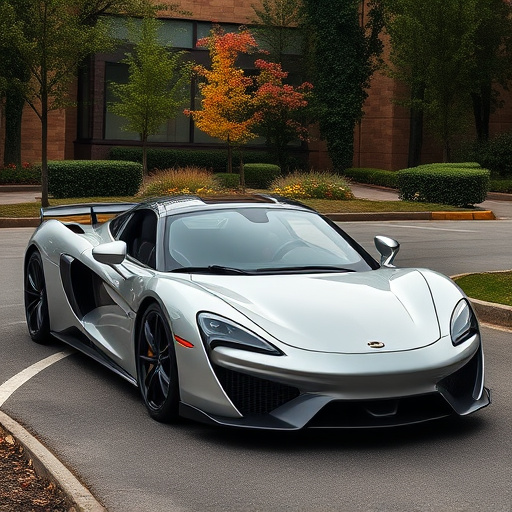When choosing between dry and oiled filter intakes for your vehicle, consider more than just upfront costs. Dry filters are cheaper but require frequent replacement due to debris buildup. Oiled filters, though pricier, offer longer service life, superior dust protection, cleaner air intake, and potential long-term savings on engine wear, making them a more economical choice despite the higher initial investment. Compare both systems based on their efficiency, maintenance needs, and anticipated performance benefits over time. (SEO keywords: dry filter vs oiled filter intakes)
“Uncover the financial nuances behind choosing between dry filter and oiled filter intakes. This article delves into the initial cost differences, providing a comprehensive comparison. From the breakdown of expenses in each system to long-term savings, we explore key considerations for performance and maintenance. Understanding these aspects is vital for making an informed decision between dry filter vs oiled filter intakes, ensuring optimal engine health and budget management.”
- Understanding Dry and Oiled Filter Intakes: A Comparison
- Initial Investment: Cost Breakdown of Each System
- Long-term Savings and Considerations for Performance and Maintenance
Understanding Dry and Oiled Filter Intakes: A Comparison

Dry and oiled filter intakes are two distinct systems with notable differences in initial costs and overall functionality. Dry filters, as the name suggests, use a dry media—typically fiber or cotton—to capture particles from the incoming air stream. These systems are known for their simplicity, making them relatively cheaper to install and maintain. Regular replacement of the filter media is required, but this process is straightforward and doesn’t necessitate specialized knowledge.
On the other hand, oiled filter intakes employ a different approach by using a thin layer of oil to capture pollutants. This method is more complex and expensive upfront due to the additional components needed. However, oiled filters offer longer service life between replacements and can be more efficient at capturing smaller particles. The oil serves as a sticky barrier that traps contaminants, reducing the need for frequent filter changes.
Initial Investment: Cost Breakdown of Each System

When considering a new intake system for your vehicle, the initial investment can vary greatly depending on whether you choose a dry filter or oiled filter setup. Let’s break down the cost implications to understand each option better. Dry filters, as the name suggests, use air to cool and clean the incoming air without any oil. These systems tend to be simpler in design and often less expensive upfront due to fewer components. They are straightforward to install and maintain, making them a popular choice for budget-conscious car enthusiasts. On the other hand, oiled filter intakes involve a more complex setup with an additional oil bath to capture finer particles, resulting in cleaner air reaching the engine. This added functionality comes at a higher price point due to the advanced filtration media and extra engineering required.
The cost breakdown further diverges based on the specific design and brand. Oiled filter systems, while more expensive initially, can offer long-term savings by reducing wear and tear on engine components due to cleaner air. Dry filters, though cheaper, may require more frequent replacement, impacting overall ownership costs. Therefore, the decision between dry and oiled filter intakes should consider both short-term budget considerations and long-term performance benefits.
Long-term Savings and Considerations for Performance and Maintenance

When comparing initial costs, it’s crucial to consider long-term savings and performance aspects, especially when opting for dry or oiled filter intake systems. Dry filters, typically more affordable upfront, require less frequent replacement but can lead to higher maintenance expenses over time due to increased debris buildup. In contrast, oiled filters, while more expensive initially, offer better protection against dust and debris, potentially reducing the need for frequent replacements and lowering long-term maintenance costs.
This consideration is particularly relevant when evaluating performance metrics. Oiled filters, with their efficient debris capture, can contribute to improved engine performance by allowing cleaner air intake. In contrast, dirty dry filters may lead to reduced airflow and power output. Thus, while initial investment in oiled intakes might be higher, the ongoing savings from reduced filter changes and potential performance gains can make it a more cost-effective option in the long run.
When comparing dry and oiled filter intakes, it’s clear that each has its pros and cons. Dry filters offer a simpler, more cost-effective initial setup with easier maintenance routines. Oiled filters, however, provide enhanced performance and reduced dust ingress, albeit at a higher upfront cost and more intricate care requirements. The choice between the two ultimately hinges on individual needs and preferences, considering both initial investment and long-term operational costs. For optimal decision-making, remember that understanding these differences is key to selecting the most suitable intake system for your needs, whether it’s for performance, convenience, or budget-friendliness.














